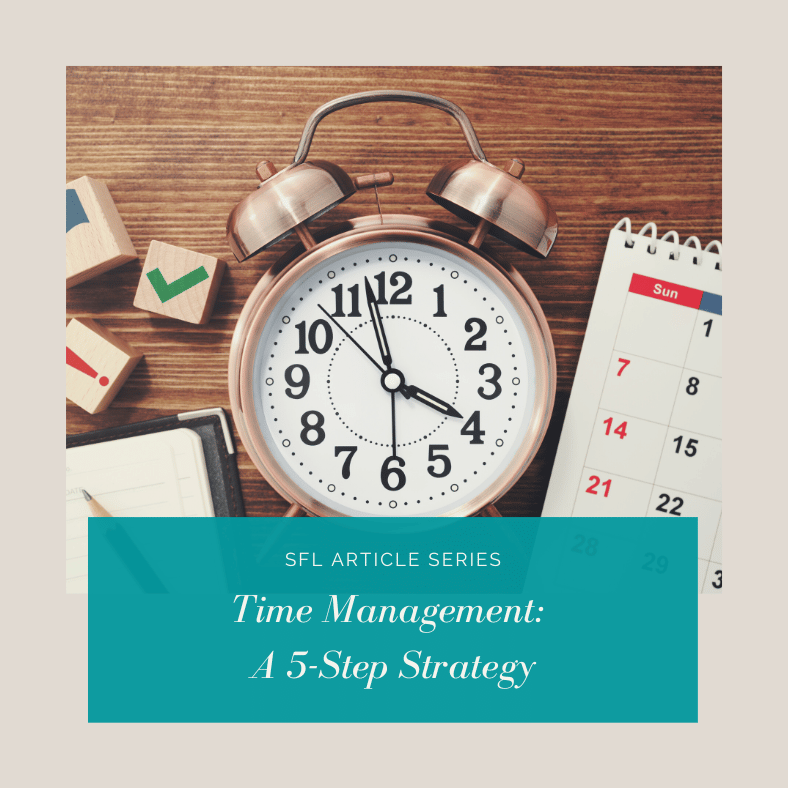No products in the cart.

Time management is a vital skill for students at all educational levels. It can enhance their academic performance, alleviate stress, and ensure they stay ahead of their assignments. However, mastering time management can be a daunting task, particularly for novices. This article presents a five-step strategy to help students manage their time more efficiently.
Time Management Strategies
Step 1 Crafting a To-Do List
The journey to effective time management begins with a to-do list. This list allows students to visualize and organize their tasks. Students should brainstorm all tasks they need to complete, both academic and personal. Regularly checking school portals can ensure they don’t overlook important assignments. Once the list is comprehensive, they can proceed to the next step.
Step 2 Estimating Task Duration
After creating a to-do list, students should estimate the duration of each task. This requires an understanding of time and awareness of how long certain tasks can take for that particular student. Factors to consider when estimating task duration include task complexity, familiarity with the task, resource availability, and potential distractions. It’s advisable to overestimate task duration to accommodate unexpected occurrences.
Step 3 Prioritizing Tasks
Tasks vary in importance and urgency. The third step involves prioritizing tasks based on these factors. Students can categorize tasks as obligations or aspirations and consider factors like deadlines, grades, difficulty level, and duration. A simple prioritization system could be:
- “A” Tasks: Must be done today
- “B” Tasks: Should be done today but can be rescheduled if necessary
- “C” Tasks: Can be done later
Step 4 Developing a Weekly Schedule
After prioritizing tasks, students should create a weekly schedule to stay on track and avoid procrastination. The schedule should include time for classes, extracurricular activities, other commitments, and the prioritized tasks. It’s also crucial to schedule breaks and relaxation time to prevent burnout.
Step 5 Setting Alerts
This one is optional but highly recommended. Alerts on phones or other devices can help students remember important tasks. Alerts should be set for times when students are likely to be free and able to concentrate on the task.
By adhering to these five steps, students can not only enhance their time management skills and elevate their academic performance but also prepare themselves for future academic and professional challenges with increased confidence and control.
Written by BJ McIntyre, Director of Education at Strategies for Learning.
Related Articles
Looking for Academic Support and other Educational Services?
You can schedule a free initial consultation to learn more about our services. We will listen to your concerns, answer any questions, learn about the student’s needs, and help guide you through our new student intake process.






